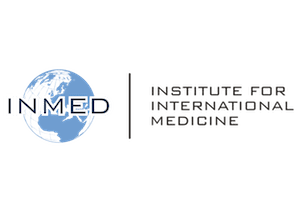Overview
EHA is a network of 21 hospitals and 27 community health projects in northern and central India committed to caring for poor communities irrespective of caste, creed or race. A high proportion of India’s population continues to suffer and die from preventable infections, tuberculosis, malaria, cholera & diarrhea, malnutrition, and pregnancy and childbirth related complications. EHA hospitals provide the full range of clinical services, including obstetrics & gynecology, ophthalmology, pediatrics, general surgery, urology, and general & family medicine.
EHA is excited to offer cross-cultural self-paced experience in medicine, nursing, dentistry, physiotherapy, pharmacy, hospital administration, and public health for students who are interested in expanding their horizons and being challenged by an experience in India. EHA currently hosts about 100 health profession students per year.
